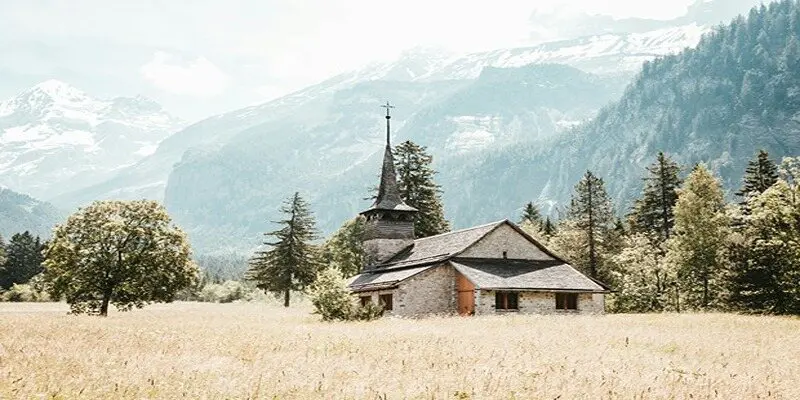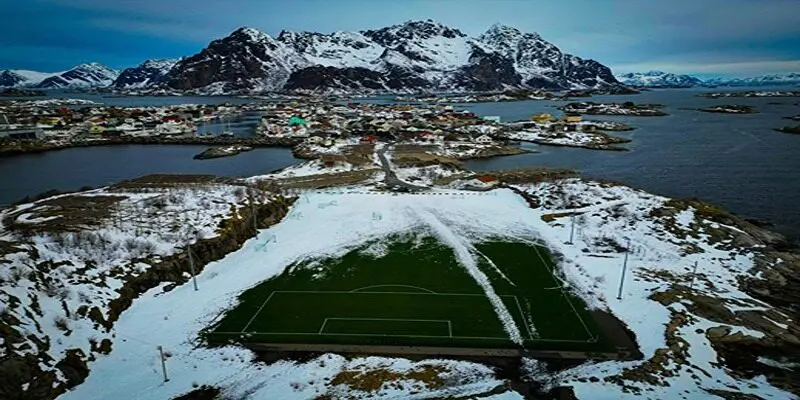Hey there, fellow travel enthusiasts! French Polynesia, that hidden gem way out in the South Pacific, is like a magical world just waiting for us to explore. It's a place where you can have an amazing adventure while also having to solve a bunch of little logistical puzzles along the way. Picture this: turquoise waters that seem almost too beautiful to be real, lush green mountains that look like they've sprung straight out of a fairytale, and vibrant coral reefs that are just teeming with life. It's truly a destination that guarantees you'll be surrounded by surreal beauty and get to unwind like never before.
But let's face it, getting to French Polynesia isn't as simple as just hopping on a plane. It needs some careful planning if you want your journey to be smooth sailing and super enjoyable from start to finish.
Tips for an Incredibly Unforgettable Journey to French Polynesia
With its jaw-dropping islands and crystal-clear lagoons, this South Pacific paradise is on the bucket list of millions of travelers around the world. So, I've put together some must-know tips to help you fully embrace the beauty and charm of French Polynesia and make sure your trip is one for the books!
Decoding Flight Options
When it comes to flying to French Polynesia, you'll usually land at Faaa International Airport in Tahiti. There are direct flights available from some major cities like Los Angeles, Paris, and Tokyo. However, keep in mind that the journey can be quite long. For those of us in North America, an eight-hour direct flight from Los Angeles is the most common route. And if you're traveling from Europe, you might fly via Paris and have a layover in Los Angeles.
Here's a little secret: booking your flights early often means you can snag better deals, especially during peak seasons when prices can skyrocket. It's worth taking the time to compare different airlines and the cities where you'll have layovers to find the most convenient options for you. And if you're flexible with your travel plans, you can really take advantage of some competitive fares by playing around with different route combinations.
Timing Your Trip to Suit the Season
French Polynesia has two main seasons: the dry season, which runs from May to October, and the rainy season, which lasts from November to April. The dry season is a bit cooler and is the favorite time for a lot of travelers. Sure, you might have to pay a bit more during this period, but the weather is just perfect for all those beach and water activities we love. On the other hand, the rainy season brings warm temperatures, and it's a great time if you're looking to save some money because flights and accommodations are usually cheaper. Plus, the rain usually doesn't last long, and it just adds a bit of that tropical charm to your trip. It really depends on your personal preferences and budget which season you choose, but either way, French Polynesia has so much to offer in terms of its beautiful landscapes and exciting adventures all year round.
Preparing Your Travel Documents and Meeting Requirements
Many of us who are planning a short visit to French Polynesia, whether we're from the U.S., Canada, or Europe, don't actually need a visa. But one thing that's super important is having a valid passport with at least six months left before it expires. If you're thinking of staying for a longer period, though, you'll need to apply for a long-stay visa through the French authorities. Since French Polynesia is an overseas collectivity of France, it follows similar entry requirements, so it's always a good idea to check with your local consulates beforehand.
Oh, and don't forget to make copies of all your important documents, like vaccination records if they're required. Health protocols might still be in place, so doing a little research and checking the entry requirements before your trip will save you from any last-minute hassles and delays when you arrive.
Budgeting Like a Pro for Your Trip
Traveling to French Polynesia can put a bit of a dent in your wallet, but if you plan your budget carefully, you can make the most of every moment without breaking the bank. There are plenty of luxurious resorts around, but if you're watching your budget, there are also affordable options like guesthouses and Airbnbs.
When it comes to food, you've got a whole range of choices. You can indulge in gourmet meals at the resorts or go for some delicious local food from the food trucks that serve up authentic Polynesian dishes. And don't forget to factor in the cost of inter-island flights, ferries, and all the fun activities like snorkeling. By mixing some splurges with local experiences, you can keep your costs under control and have an amazing time.
Packing Smart for the Tropics
Packing the right stuff can make your trip to French Polynesia so much more comfortable. Since it's a tropical destination, light and breathable clothing is a must. Think loose-fitting cotton or linen fabrics that will keep you cool even in the humid weather. And of course, don't leave your swimwear behind because you're going to be spending a lot of time in the water! Also, make sure to pack your beach essentials like sunscreen, sunglasses, and a sunhat.
Beyond the basics, think about bringing along items that might be hard to find on the islands or are just too expensive there. This could include your favorite toiletries, any medications you need, or some handy travel gadgets. And if you love exploring, a good pair of water shoes can come in handy when you're walking on coral reefs or rocky beaches. If you're a big snorkeling fan, it's not a bad idea to bring your own snorkeling gear, especially if you're worried about availability or just prefer using your own stuff.
Making the Most of Inter-Island Travel
French Polynesia is made up of so many islands, each with its own unique charm. From Bora Bora's luxurious resorts to Moorea's rugged and beautiful landscapes, there's something for everyone. While ferries can take you between nearby islands like Tahiti and Moorea, most inter-island travel is done by plane. Air Tahiti offers these amazing island-hopping passes that let you explore multiple islands within a set period of time.
These passes are a great way to save money and give you the flexibility to see as much of French Polynesia as you want. But here's a tip: book them in advance, especially during the high season, because flights can fill up really quickly. With a good island-hopping plan in place, you'll be able to soak up the diverse beauty of French Polynesia at your own pace.
Conclusion
Traveling to French Polynesia definitely requires some thought and planning, but trust me, once you get there and see those stunning landscapes and experience the warm and welcoming culture, you'll know it was all worth it. By taking care of the details like flight arrangements, budgeting, choosing the right time to go, and packing smartly, you'll have a much smoother journey. Whether you're drawn to Bora Bora's crystal-clear lagoons, Moorea's green mountains, or Tahiti's lively markets, French Polynesia is going to be an unforgettable escape for you. With careful preparation, you can focus on enjoying the natural beauty of the islands and fully embrace the laid-back, tropical charm of this South Pacific paradise. After all, a well-planned journey will be just as memorable as the destination itself! So, what are you waiting for? Start planning your trip to French Polynesia now!










